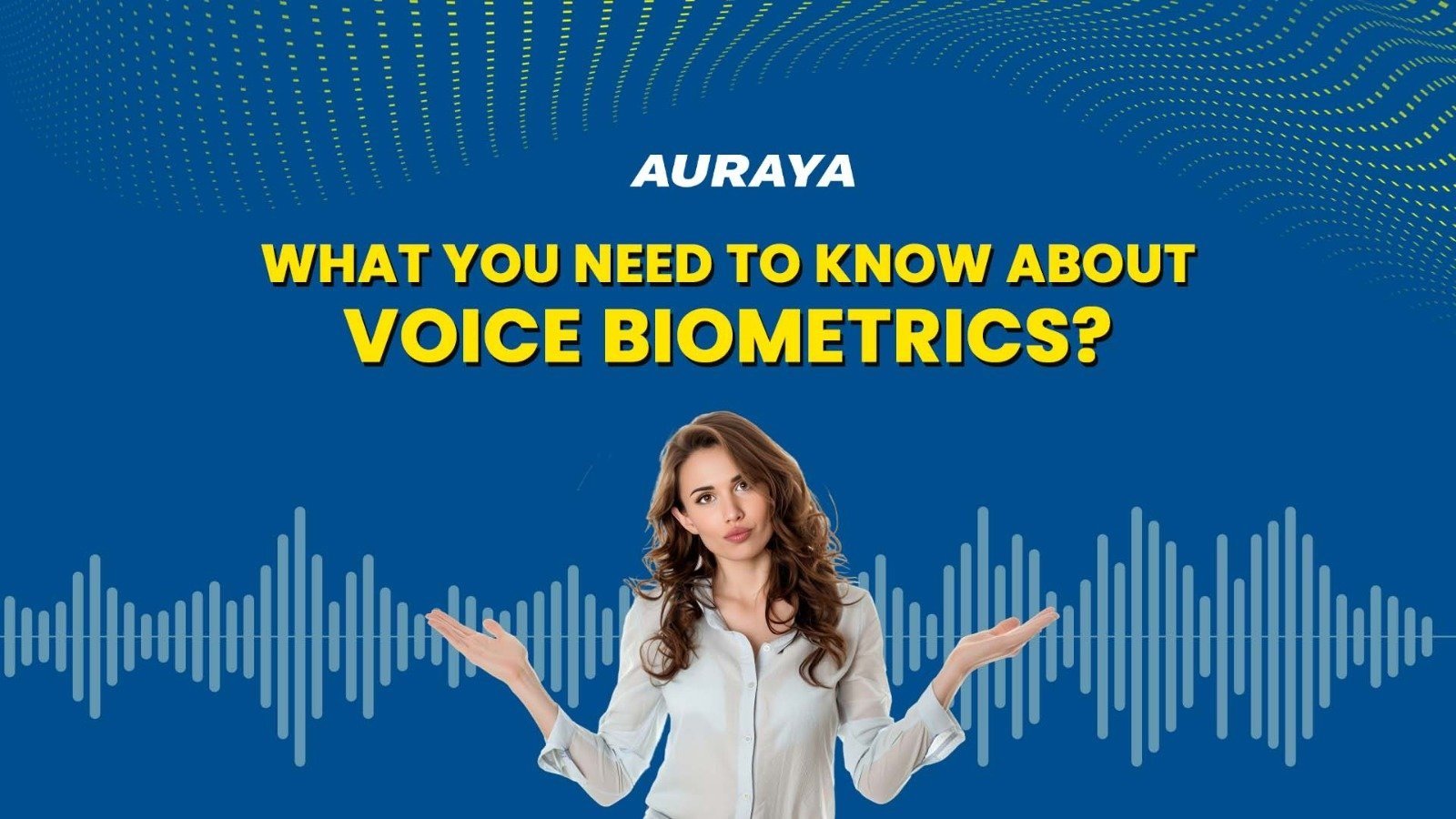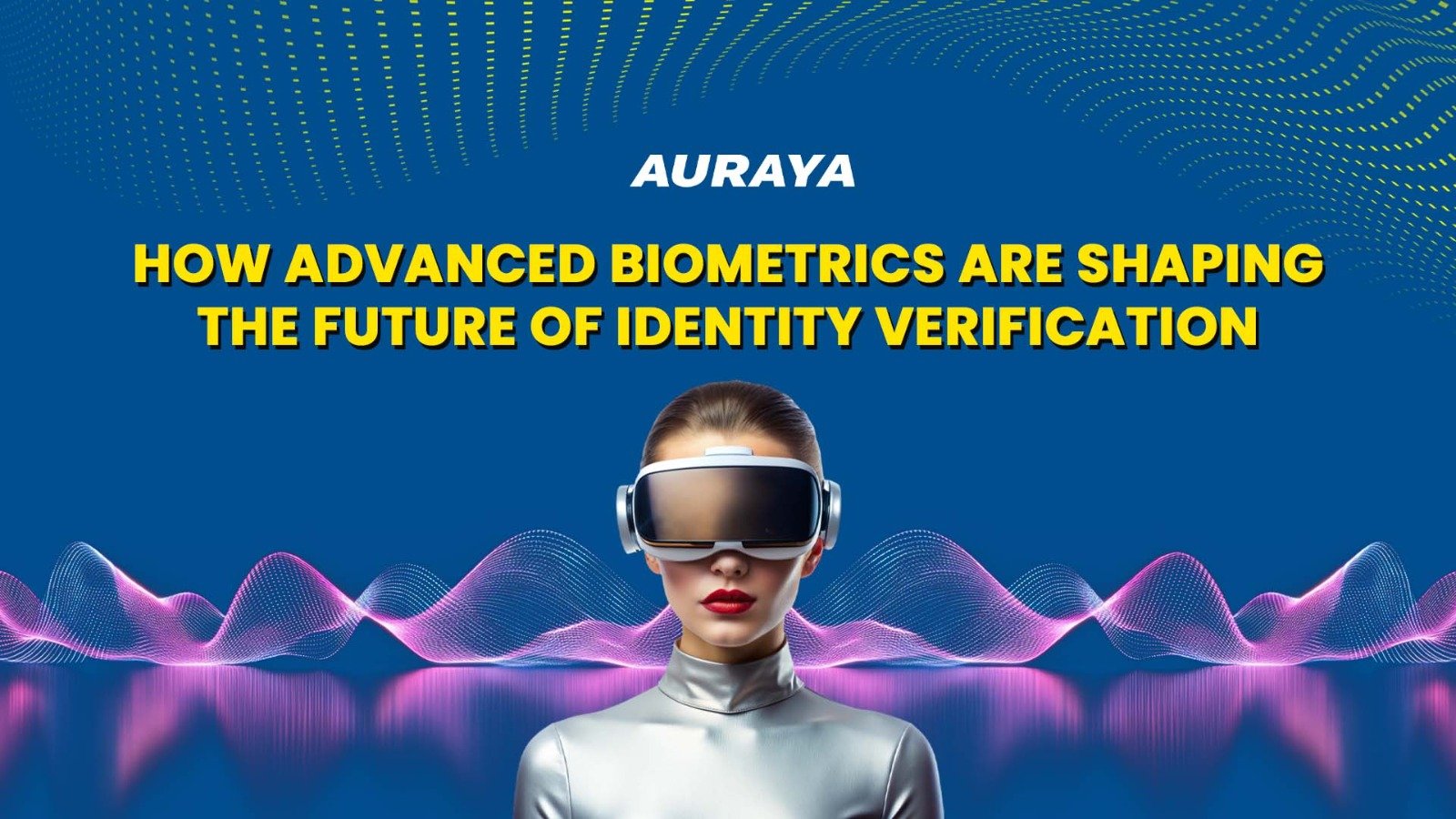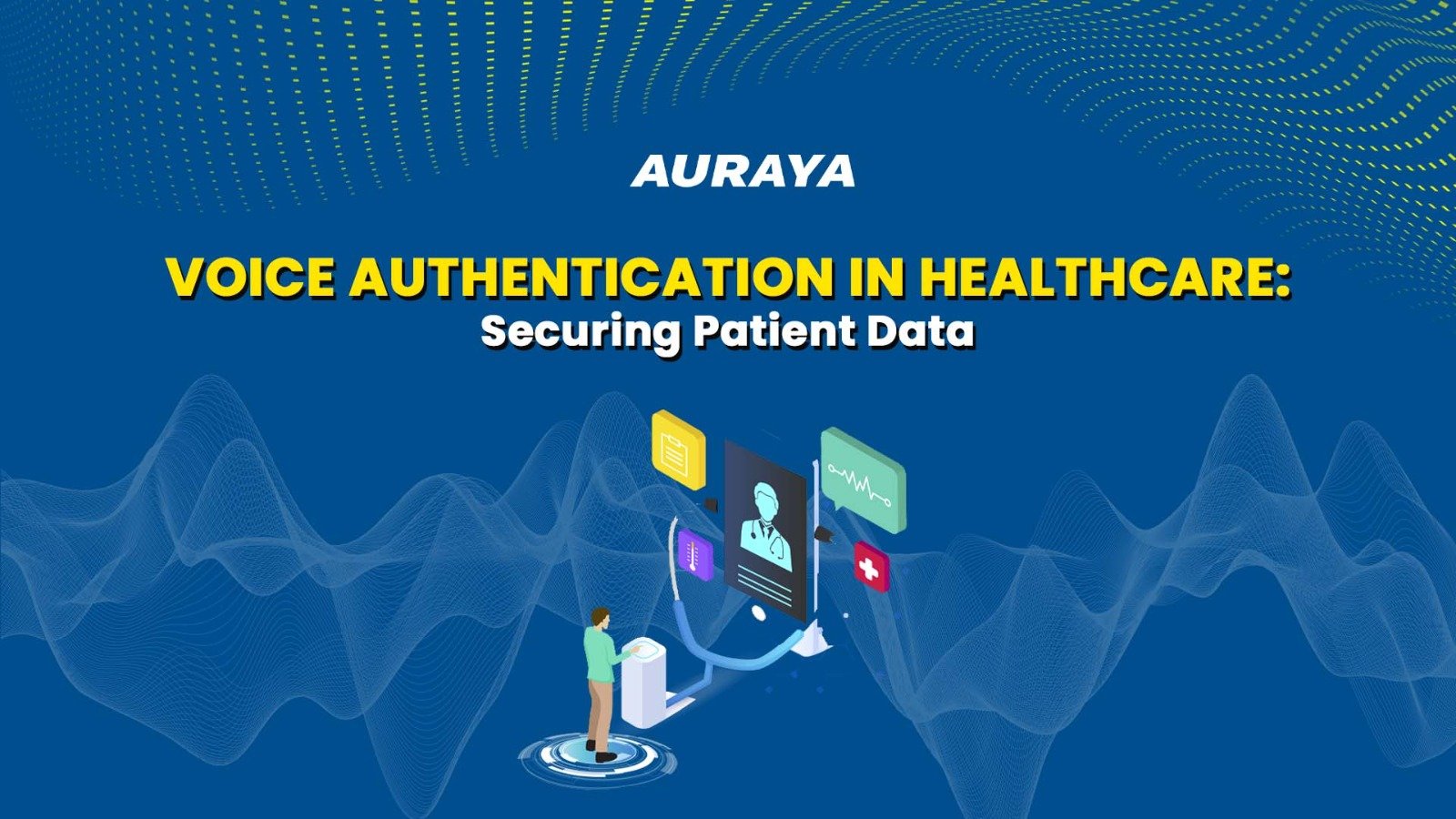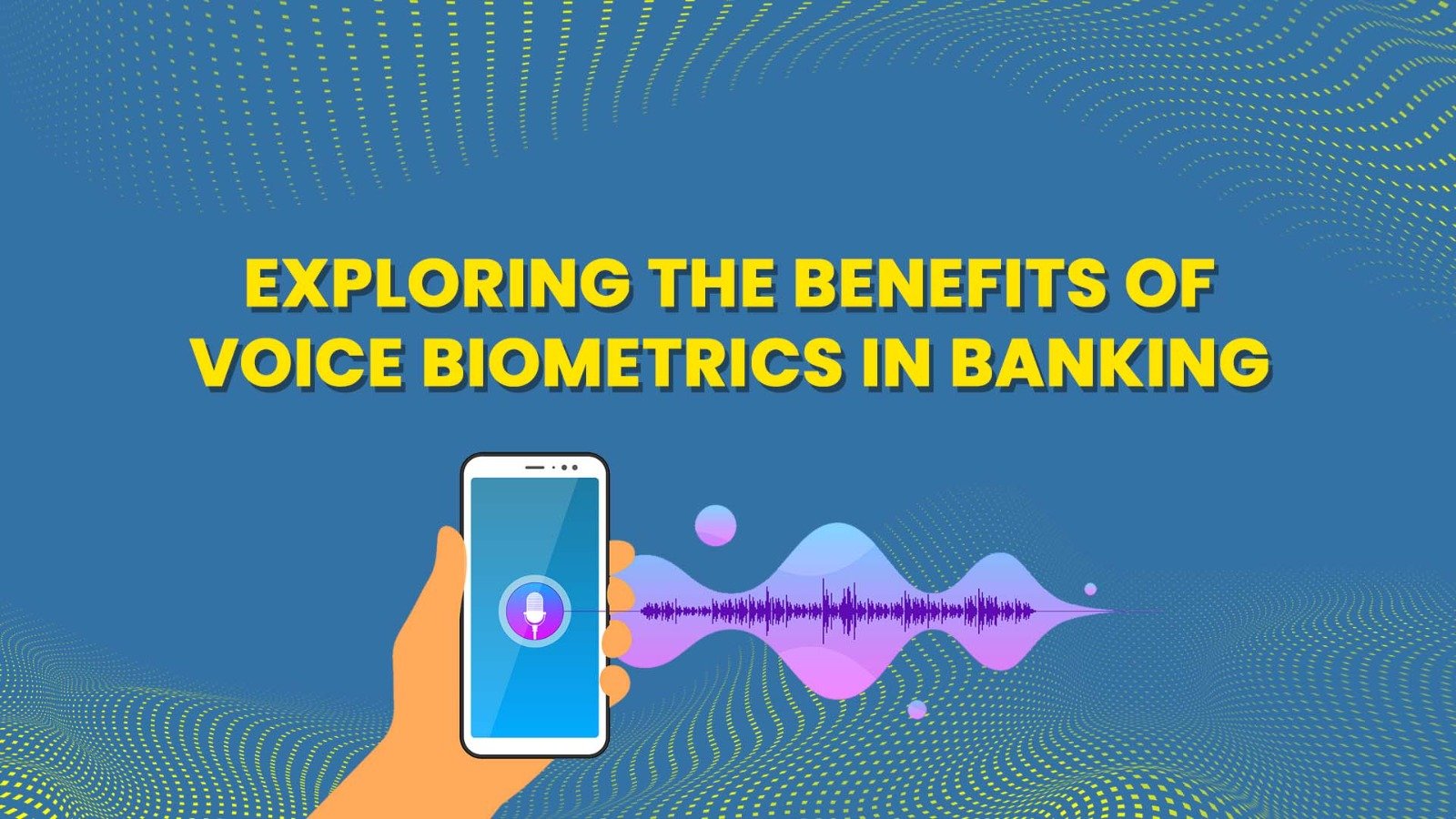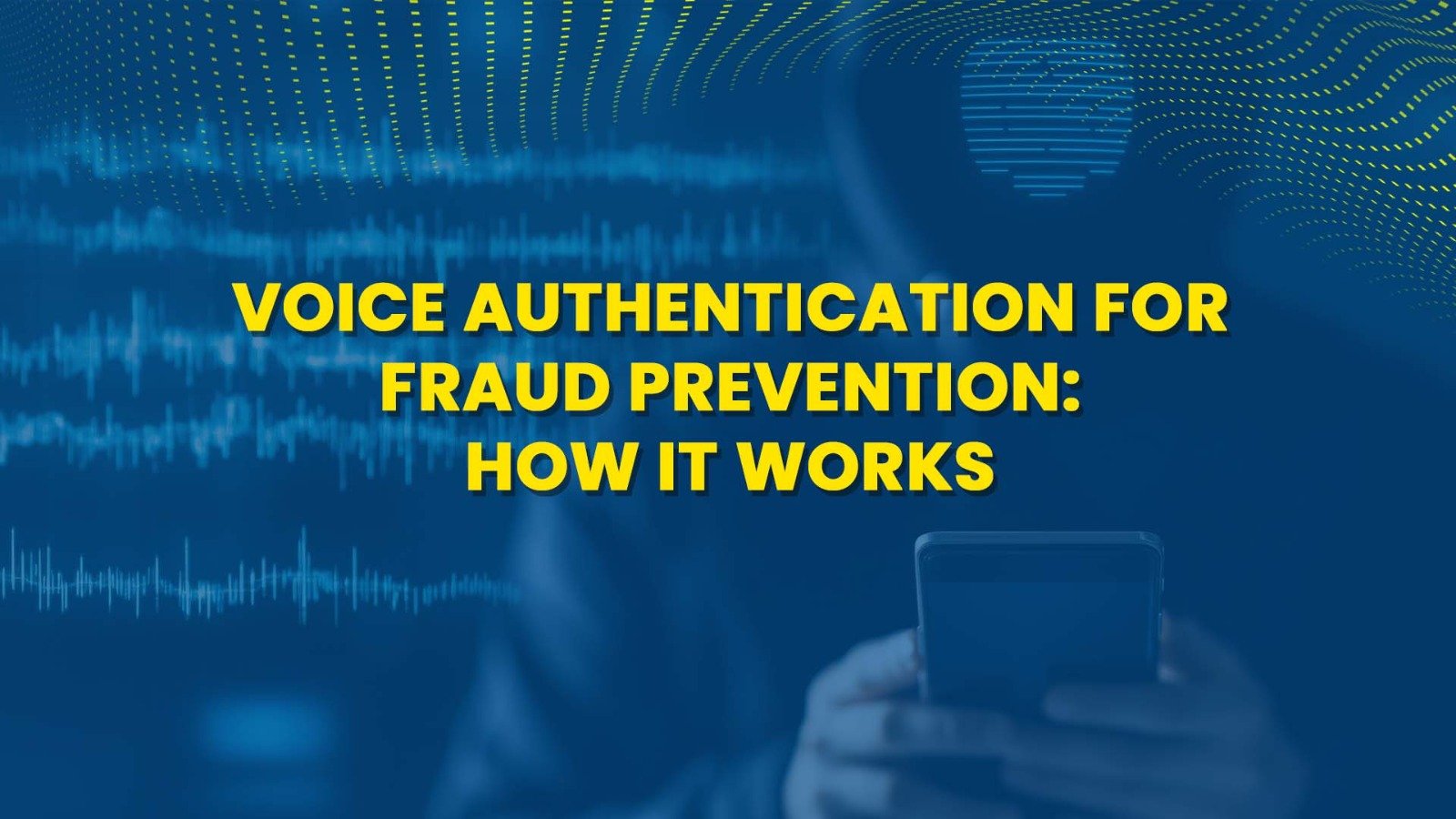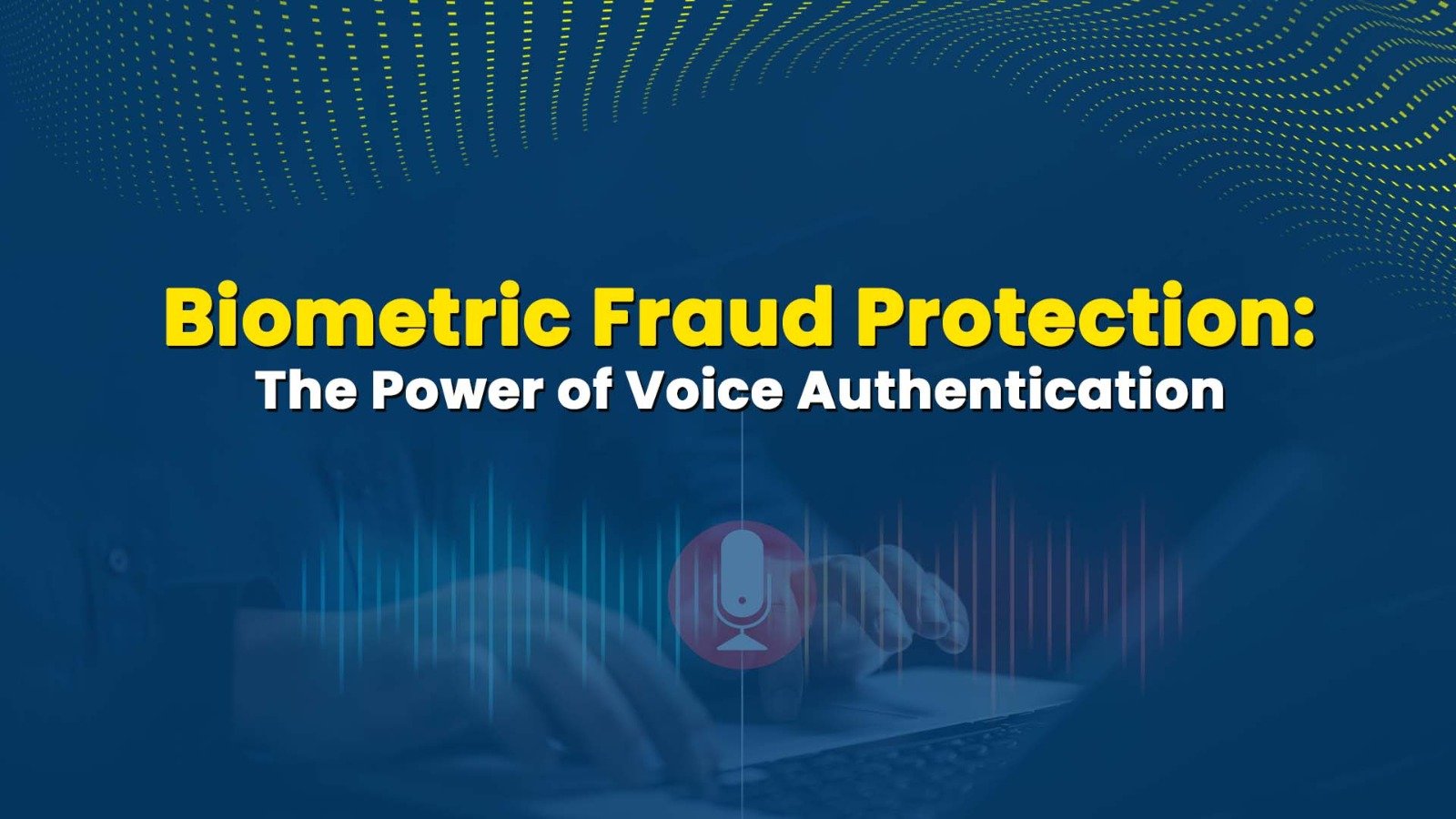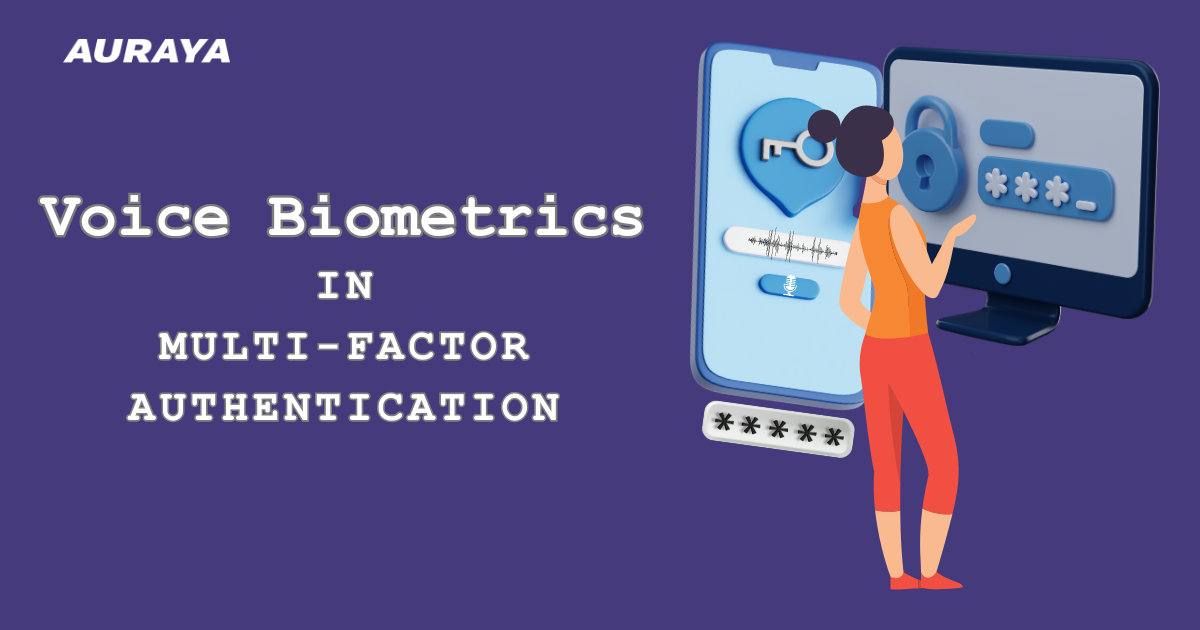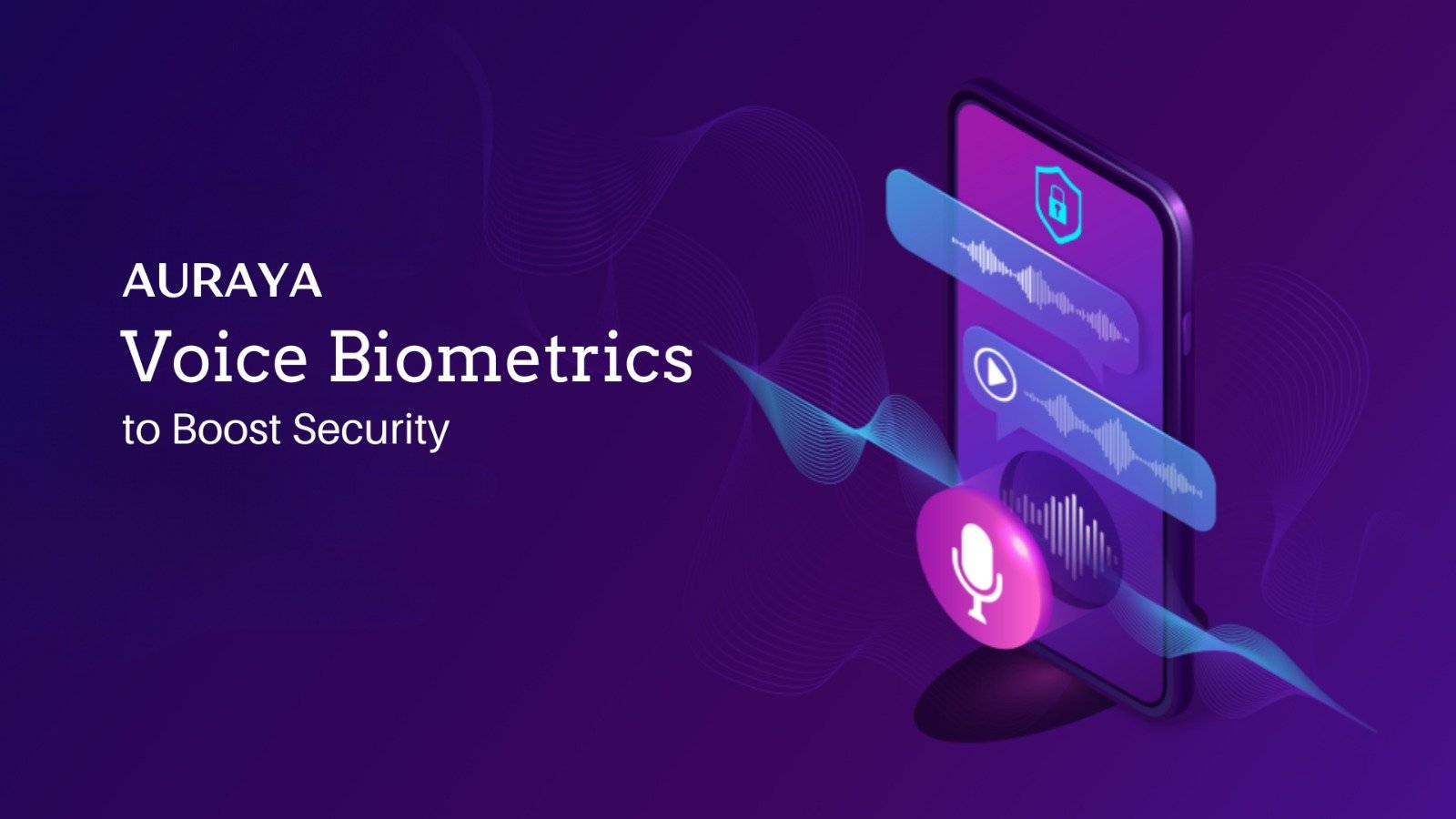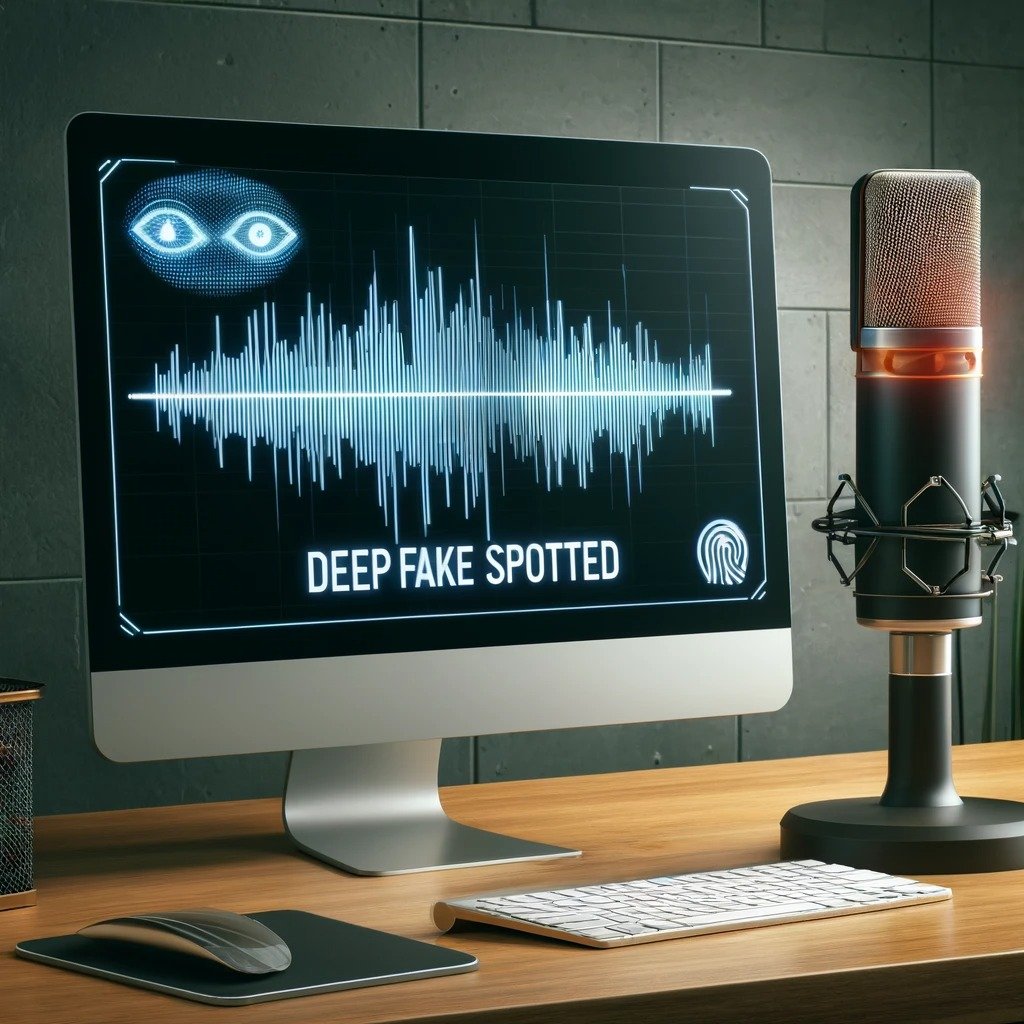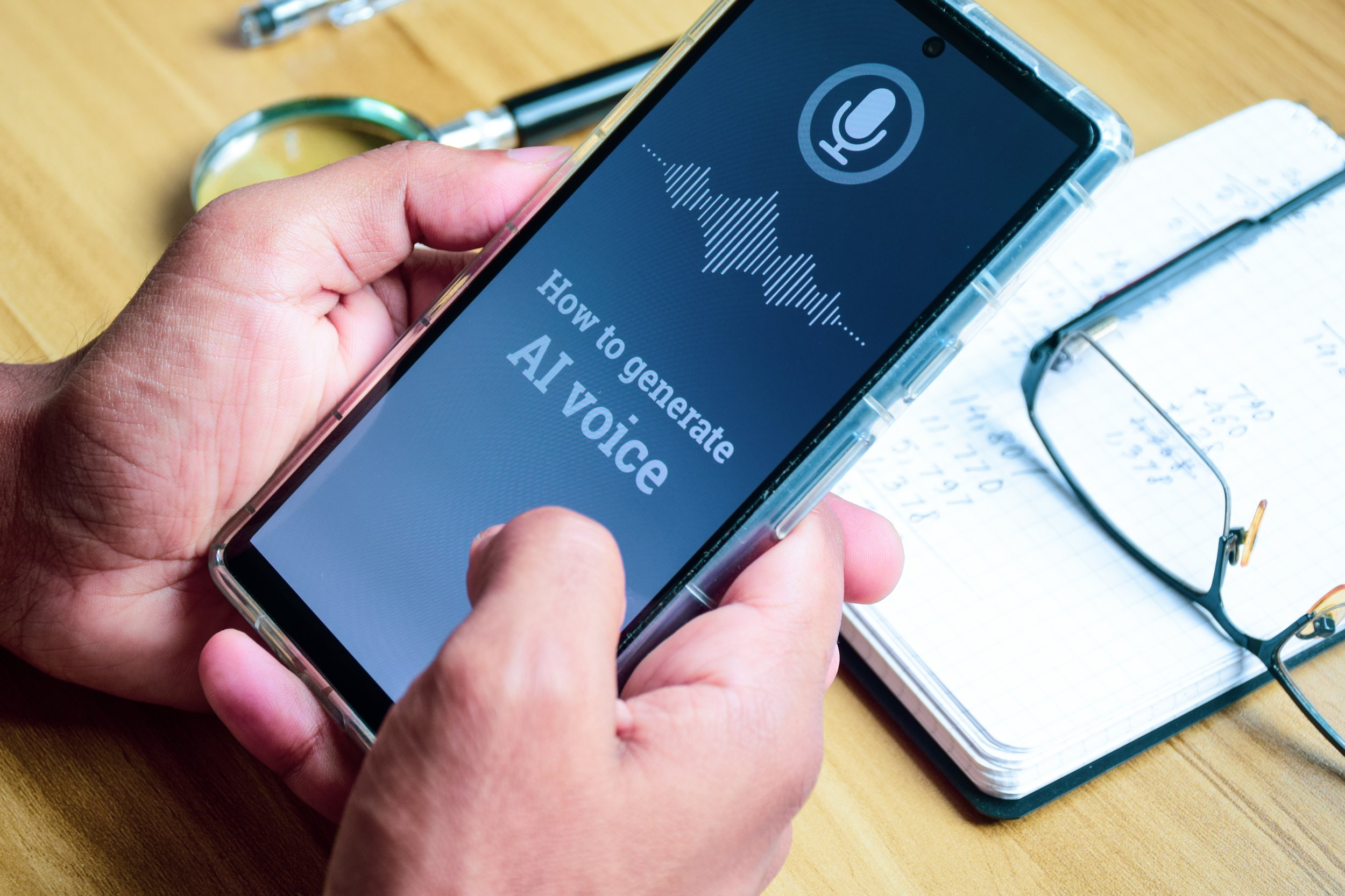The Future of Telstra’s Voice-Based Communication Services
Paul Kubik, the Voice and Video Group Owner at Telstra has recently published an inspiration article covering the future of Telstra’s voice-based communication. He states that we, as consumers, have reached ‘peak telephony’. More people are using data-driven messaging applications over the traditional voice and SMS legacy functionalities of mobile phones. He outlines the technologies that will have the most impact on voice-based consumer trends:
1The transformation of all voice and messaging to IP
2Integration to any IP-based end point
3Scam calling
4Rich Communication Services (RCS)
5Virtual agents (AI)
Scam calling and virtual agents can benefit most from voice biometrics. Through Auraya’s ArmorVox Vice Biometric engine, companies can block scams, identity theft and other fraudulent attempts over voice-related services. Key ArmorVox features used to achieve this are impostor mapping, real-time crossmatching, synthetic voice detection and liveness detection. These features flag suspicious callers or fraudsters and add them to the hotlist. With this, agents can determine whether the person attempting to access the account is a fraudster or not, allowing agents to take the necessary actions. Additionally, these features can be deployed in both of Telstra’s mobile applications and contact centers. Further, with passive voice authentication, callers can speak into the interactive voice response systems (IVR) and be passively verified while answering automated questions. This means that callers will be verified by the time they reach an agent, allowing agents to be more productive and provide better service.
The Power of Voice Biometrics
The global voice biometric market is growing exponentially. MarketsandMarkets has reported an estimated compound annual growth rate of 23.7% by 2024. By then, the market is forecasted to be worth USD 2.8 billion.
Although not as established as other biometric technologies, such as facial and fingerprint biometrics, voice biometrics could be the best of all biometrics. Since biometric data is unique to each individual, identity verification can provide accurate results. However, the downside is that once stolen, this unique biometric data cannot be changed or altered. A recent data breach incident, which exposed millions of facial and fingerprint biometric data, means that fraudsters can generate these stolen facial and fingerprint biometric data and abuse it to gain access to user accounts. While users usually have nine other fingers to use, everyone unfortunately only has one face.
What sets Auraya’s ArmorVox voice biometric engine apart, is the features mentioned earlier. These capabilities detect and deflect fraudster attempts, whether it be pre-recorded, morph-generated or even a twin speaking on behalf of the user. Legacy Voice biometrics systems may have been vulnerable to such fraud attempts, but Auraya has developed leading capabilities to cover such potential risks. Therefore, fraudsters may attempt to record users’ voices or use voice morphing tools to imitate voices, but they would have difficulties breaking into a solution utilizing Auraya’s ArmorVox engine.
If the future of Telstra’s voice-based communications involves more voice authentication and fraud detection capabilities, Telstra could provide services to customers that are more secure and more delightful.





